The war is long gone, but in some places toxic chemicals still exist underground. Especially in the Southeast, which used to be a fierce battlefield where the enemy sprayed toxic chemicals, hundreds of places still have dangerous chemicals remaining, threatening the environment and people's health.
With the sacred mission of "reviving the dead land", the General Staff of Military Region 7 has coordinated with the Military Environmental Chemistry Institute and the Chemical Corps to deploy a project to survey, collect and treat CS toxins and residual hydrolysis products.
The war is over, but the chemical legacy still quietly exists under every inch of land. Especially in the Southeast, which used to be a fierce battlefield and a key point for spraying communist poison, hundreds of suspected locations still contain dangerous chemicals, threatening the environment and public health.
In order to thoroughly handle that risk, the General Staff of Military Region 7 coordinated with the Military Environmental Chemistry Institute and the Chemical Corps to deploy a project to survey, collect and treat toxic CS and residual hydrolysis products.
Under the harsh sun of the Southeast region, chemical soldiers still work persistently and meticulously in heavy gas suits, the temperature inside the suits is many times higher than outside. They quietly contribute to the revival of the land that was once destroyed.
After two years of implementation, more than 285 tons of toxic chemicals were separated and transported to a centralized treatment area at Nui Cau, Dau Tieng commune, Ho Chi Minh City.
This is the only place in the country with a specialized incinerator system that meets standards for handling wartime chemical residues, ensuring absolute safety for the environment and health.
Here, the toxic substance is treated with modern technology. The CS hydrolyzed product is chlorinated, then put into the primary combustion chamber system (400-600 degrees C) and then the secondary combustion chamber to completely decompose, no longer toxic before being released into the environment.
The incinerator control system is processed with modern technology.
According to Senior Lieutenant Do Thanh Luan - Deputy Captain of the Smoke Removal Company, Battalion 38, safety work is always put first, from the gas prevention process, operating techniques to periodic health checks.
"This is the first time I have participated in a toxic chemical treatment mission. At first, I was inevitably worried, but thanks to being fully equipped with knowledge, techniques, and encouragement from the commander, I feel secure and determined to complete the mission," said soldier Nguyen Tran Ba Y (Battalion 38, General Staff of Military Region 7).
Lieutenant Colonel, Dr. Nguyen Manh Hieu - Deputy Head of the Treatment Technology Department, Military Institute of Environmental Chemistry said: "In addition to treatment techniques, the health of the forces directly performing the task is of special concern. All officers and soldiers are screened and have their blood tested before and after participating to ensure absolute safety."
This is the only place in the country with a specialized incinerator system that meets standards for handling wartime chemical residues, ensuring absolute safety for the environment and health.
THE ANH
Source: https://nhandan.vn/anh-theo-chan-nguoi-linh-xu-ly-chat-doc-hoa-hoc-cs-ton-luu-sau-chien-tranh-post903439.html


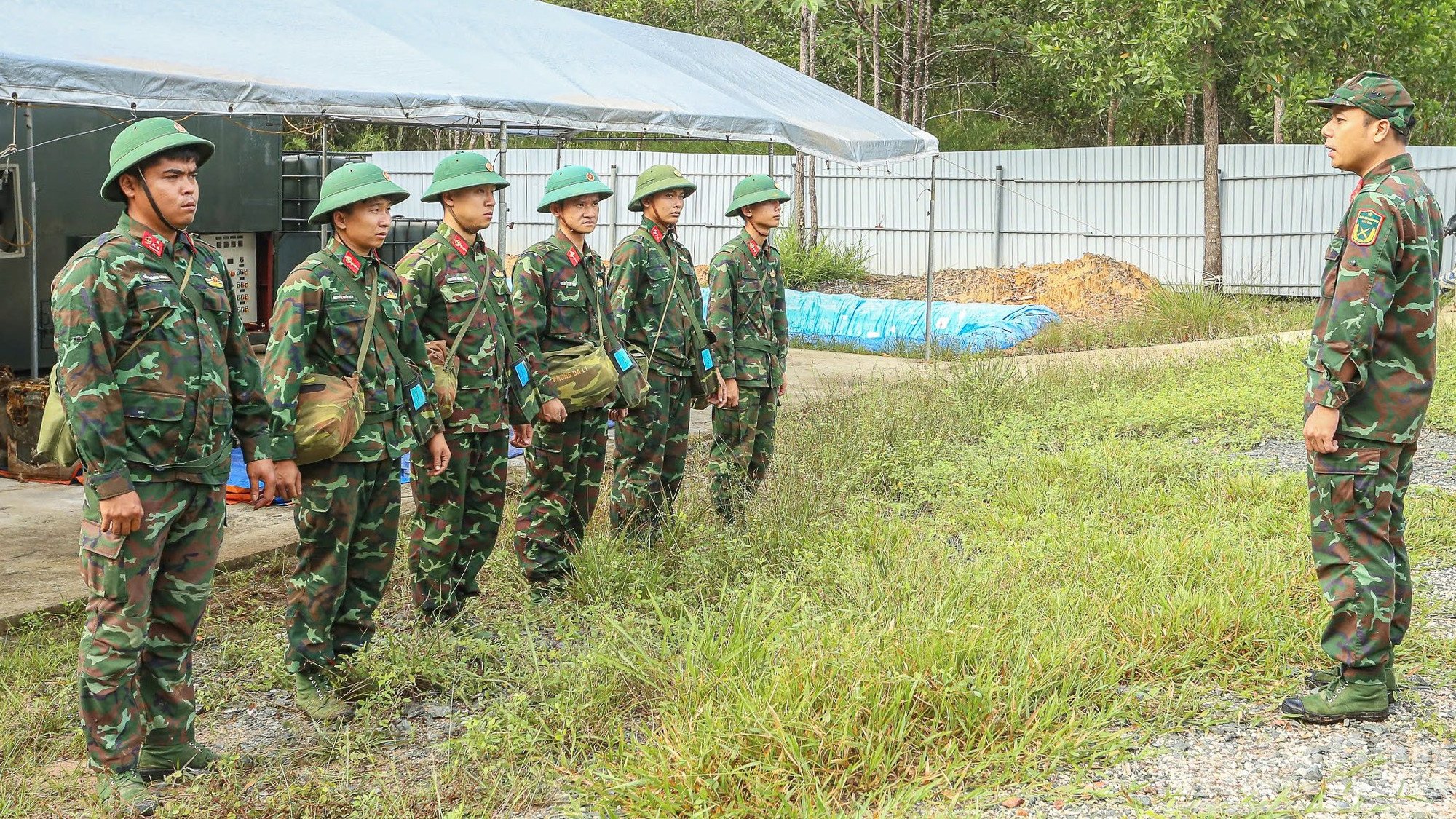
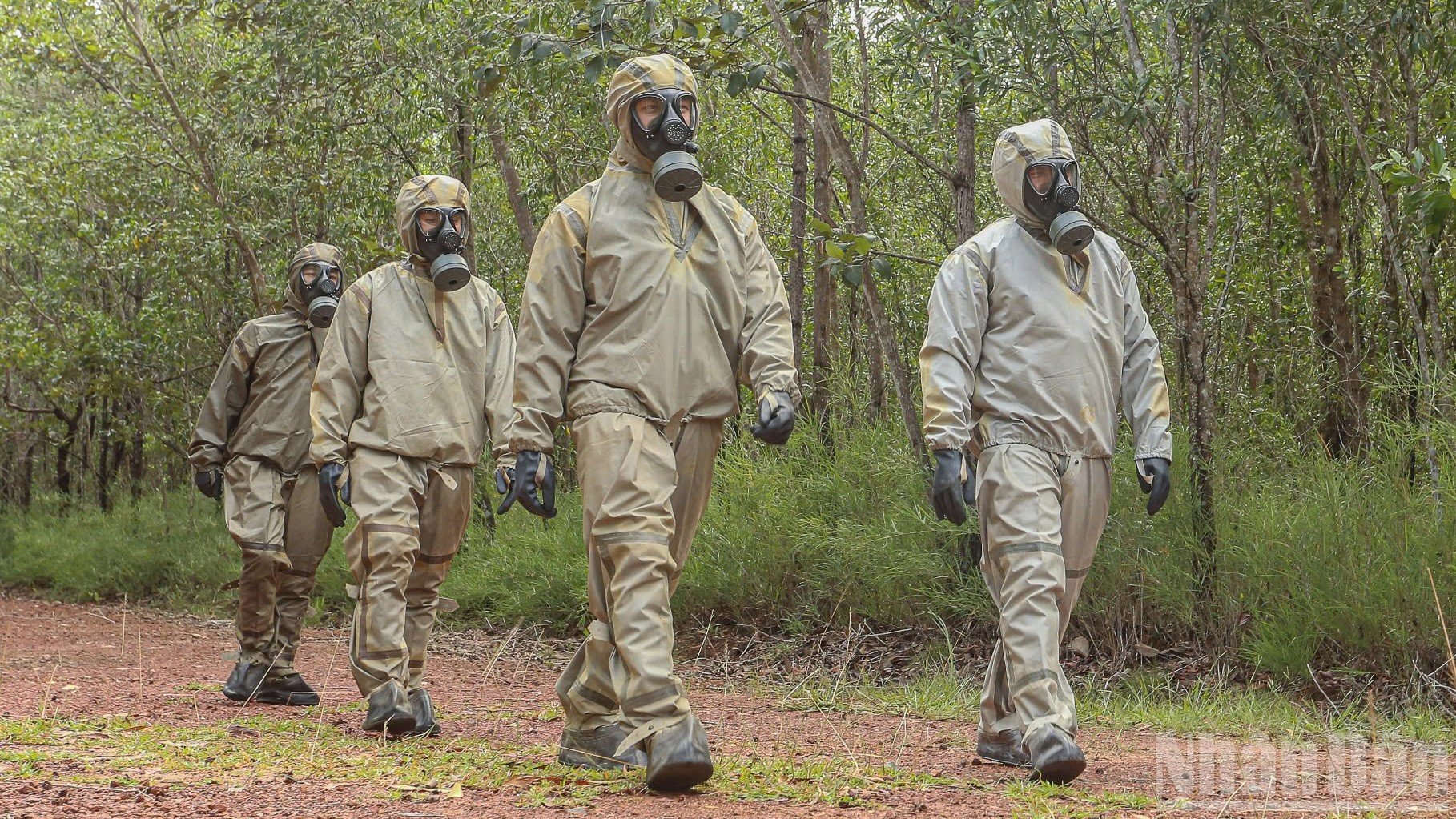
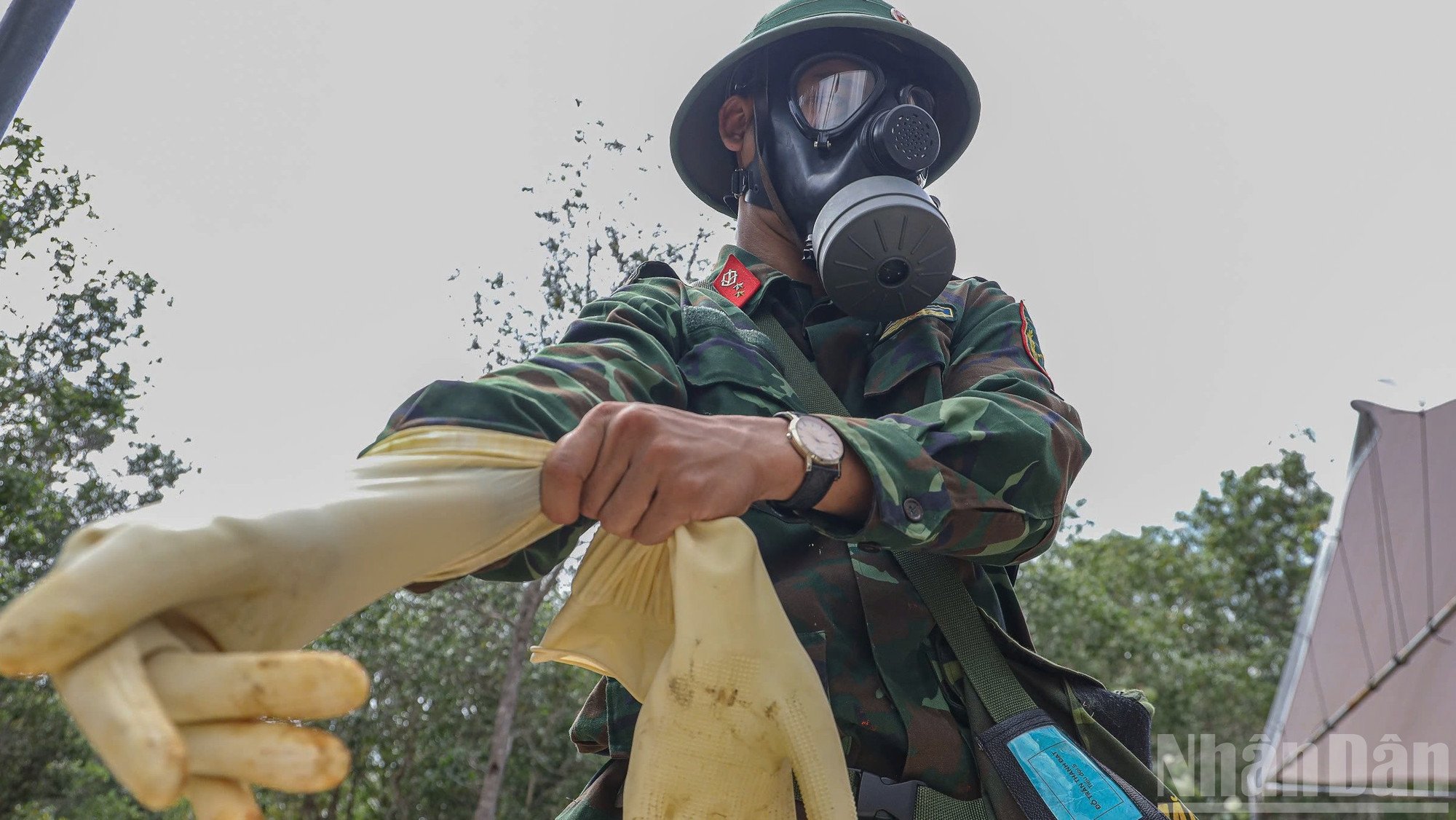
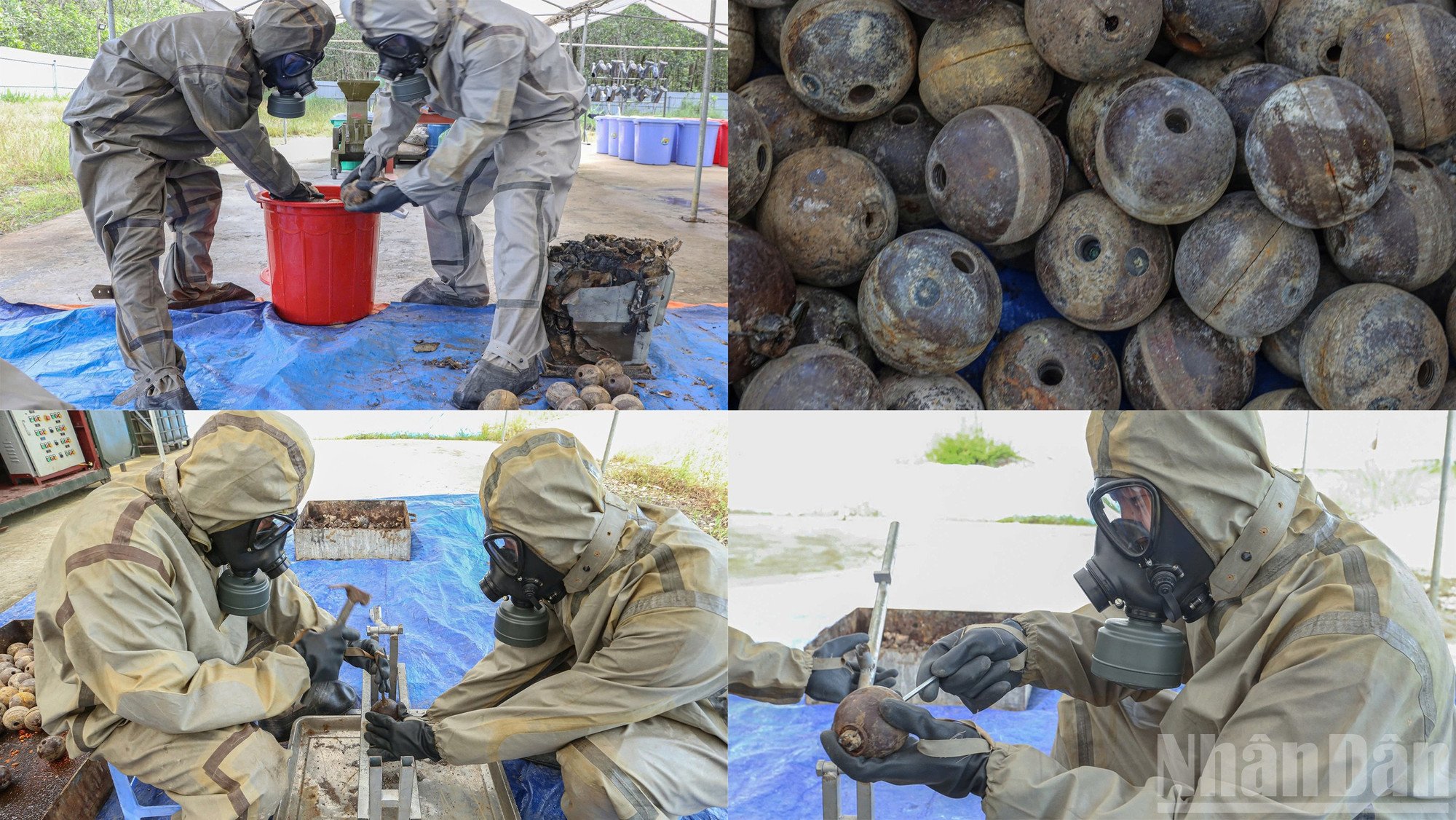
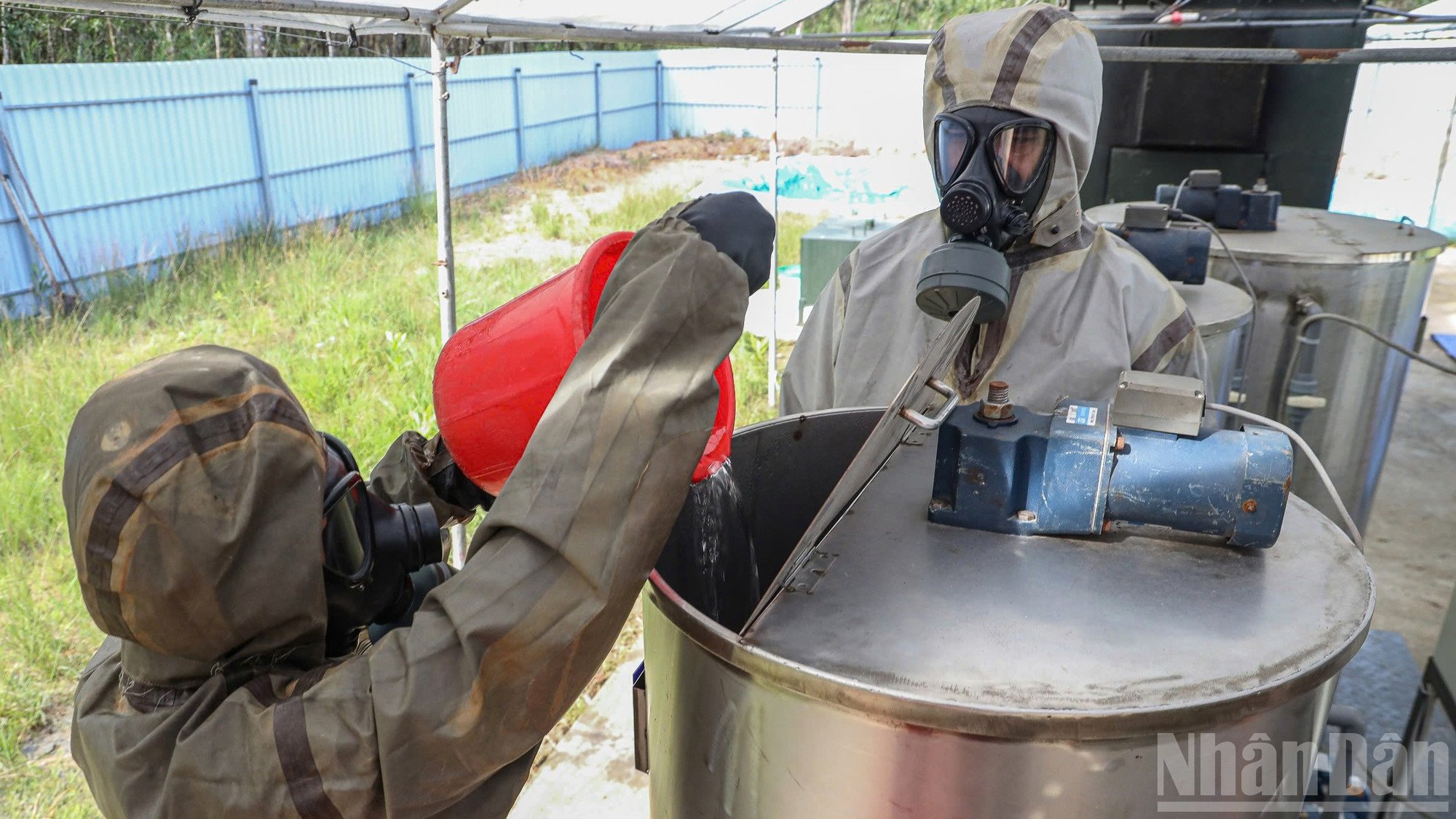
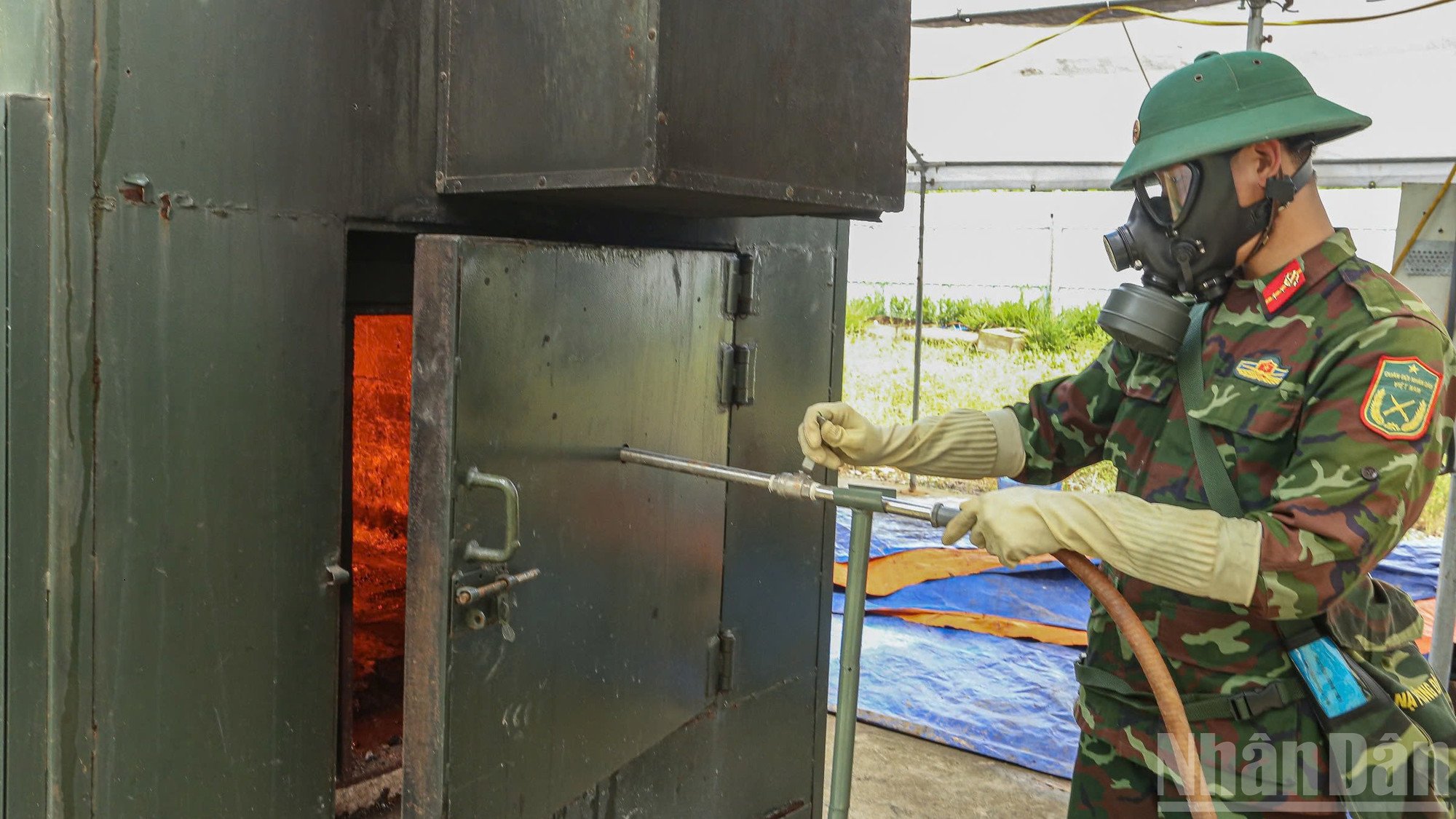
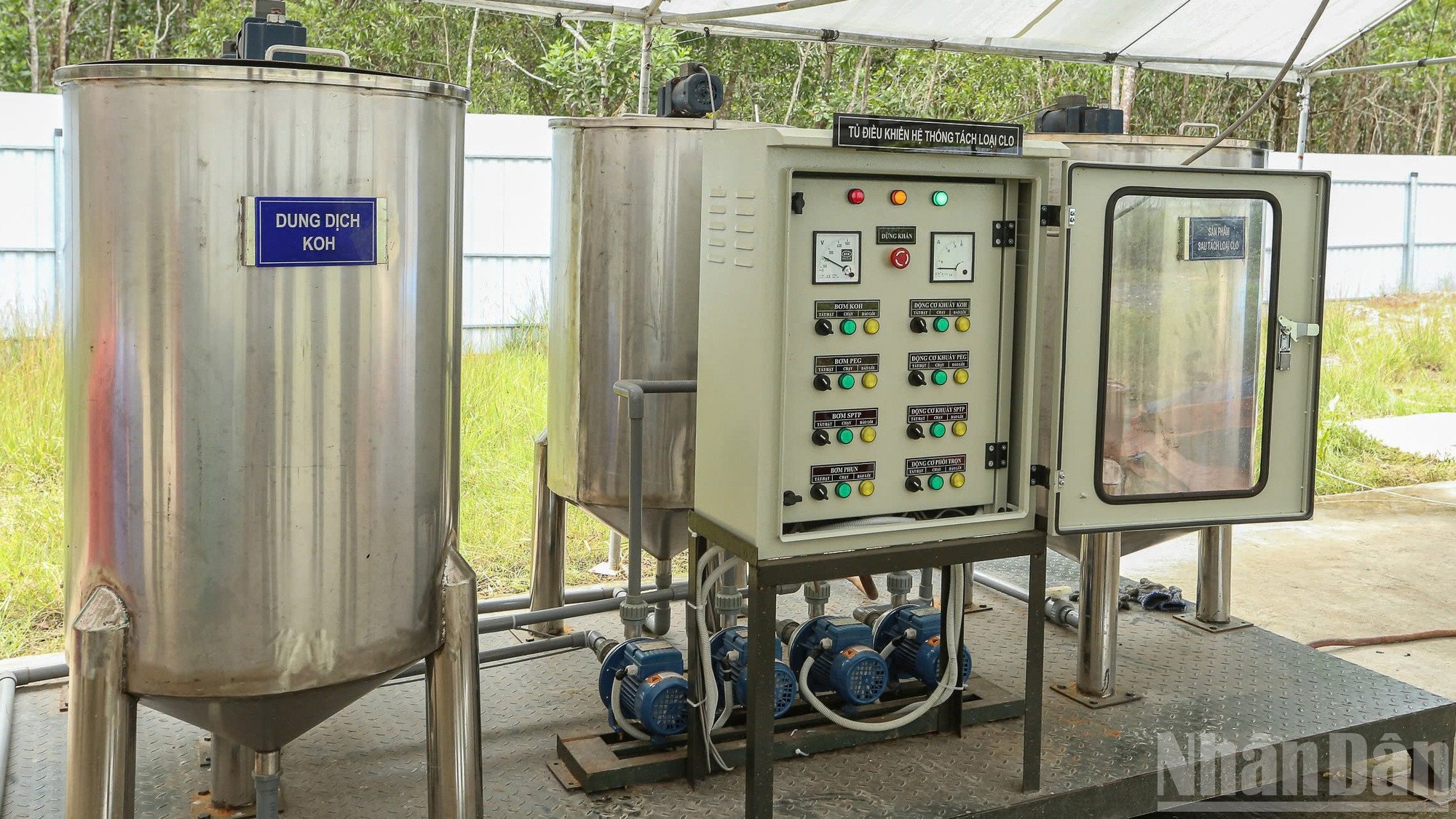
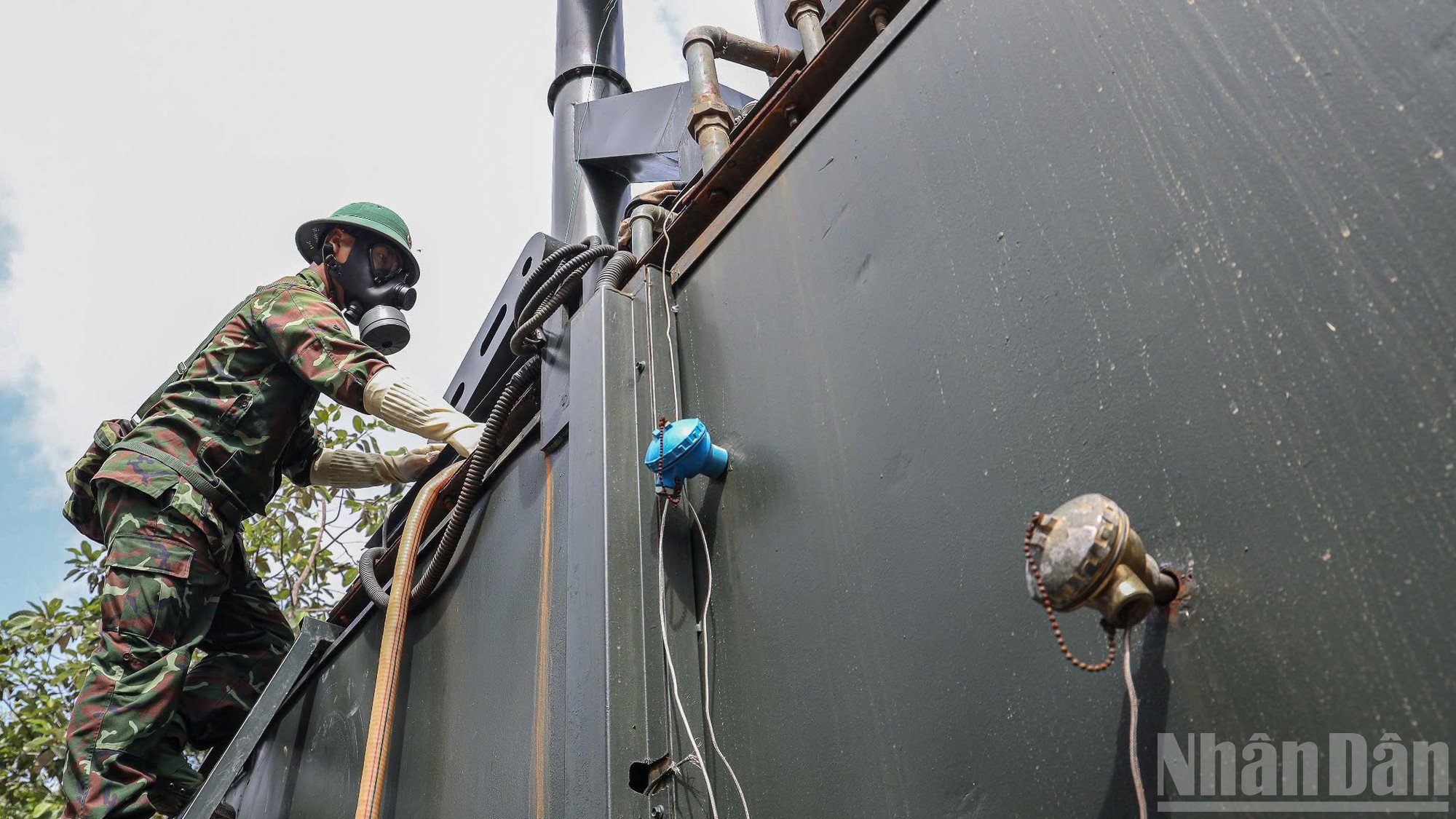
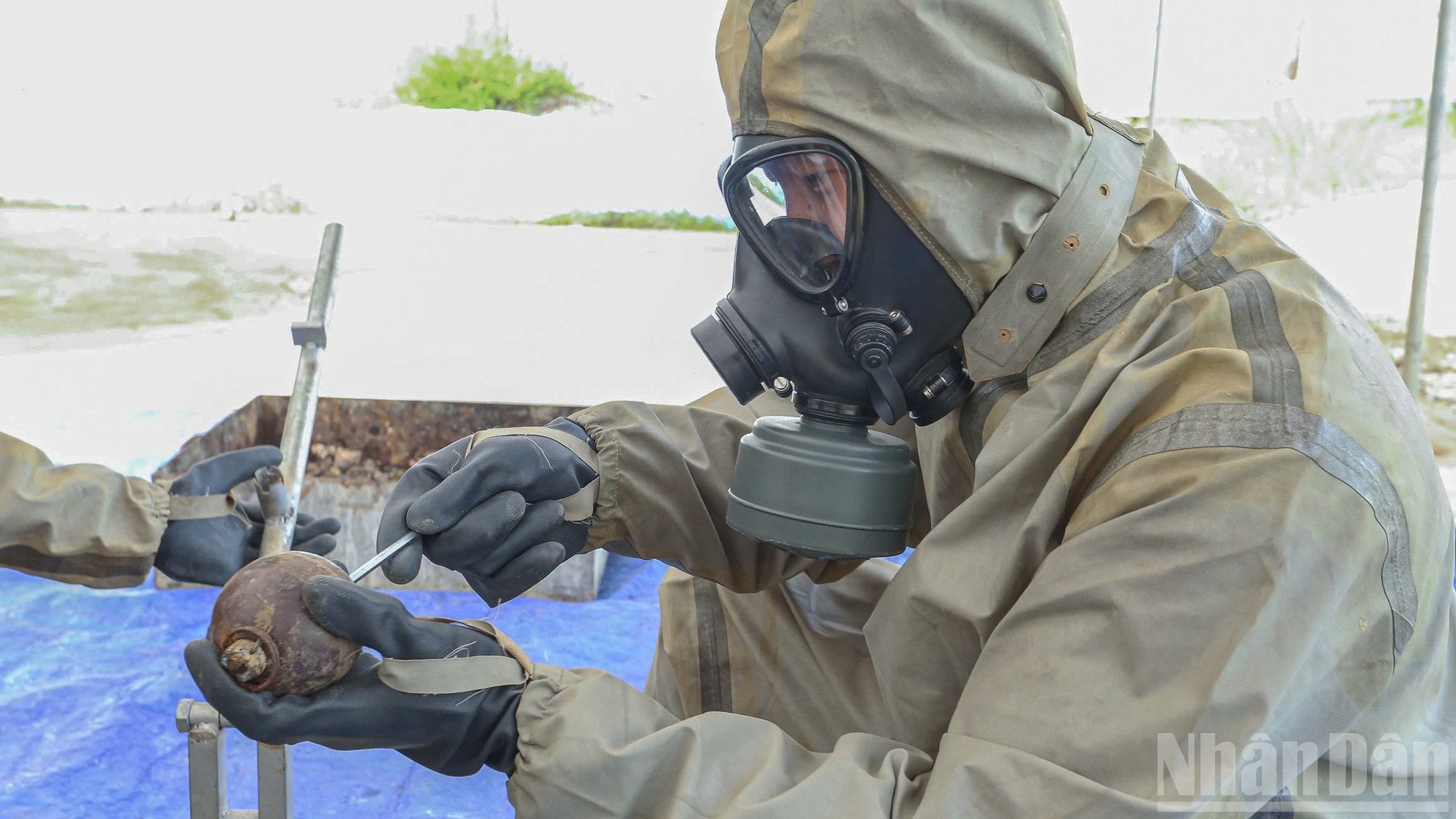
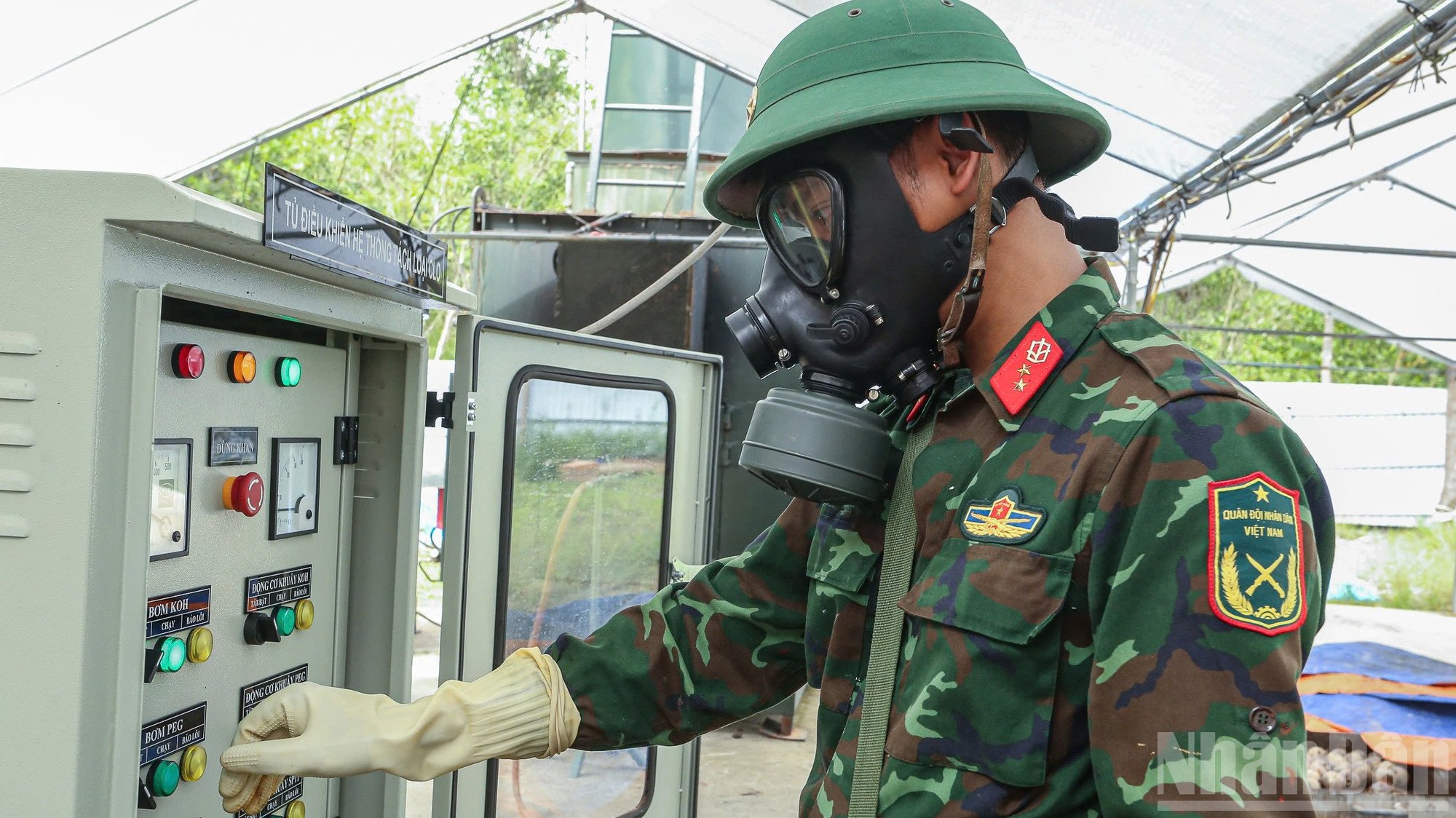
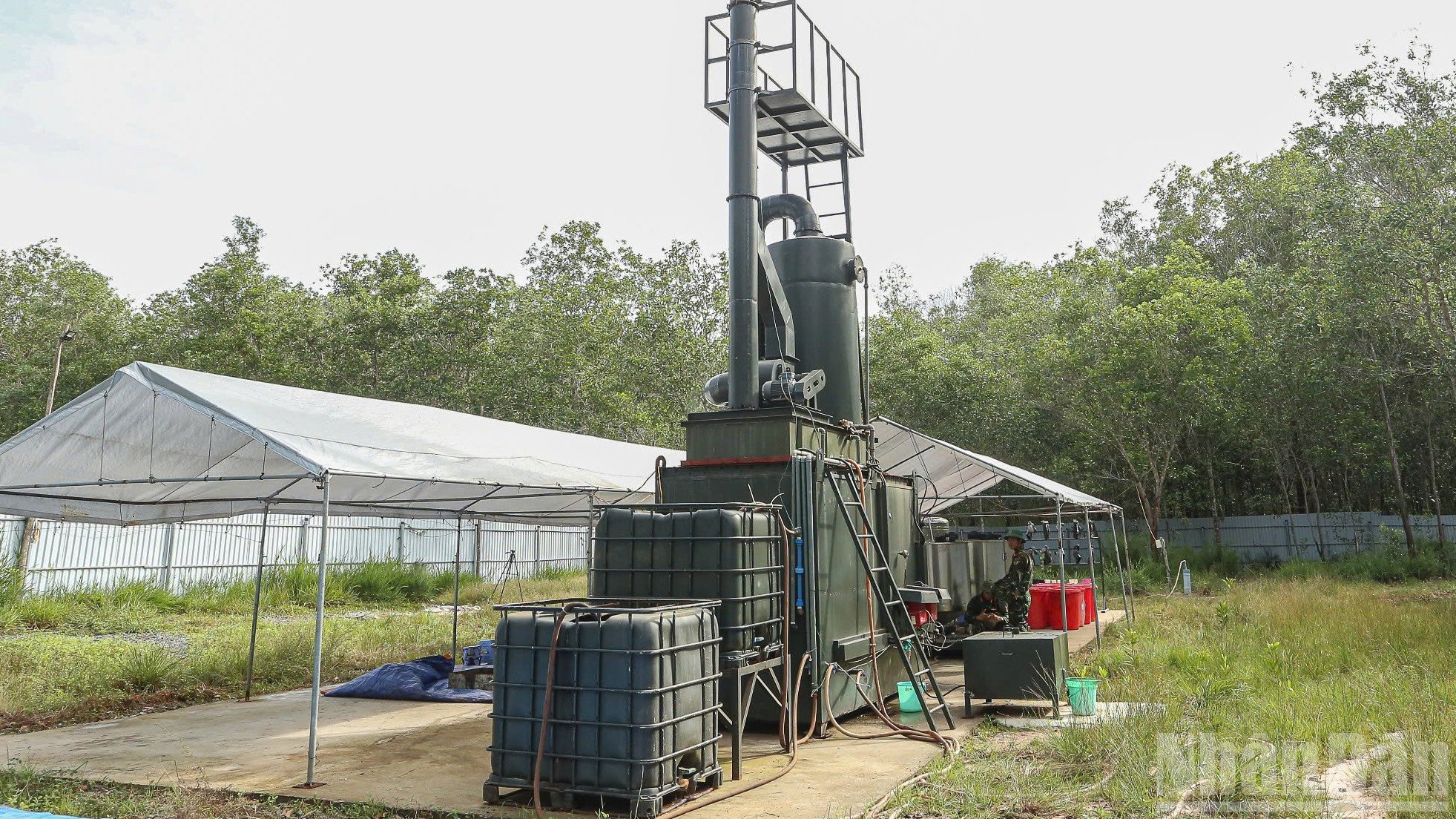
![[Photo] Opening of the World Cultural Festival in Hanoi](https://vphoto.vietnam.vn/thumb/1200x675/vietnam/resource/IMAGE/2025/10/10/1760113426728_ndo_br_lehoi-khaimac-jpg.webp)

![[Photo] Ho Chi Minh City is brilliant with flags and flowers on the eve of the 1st Party Congress, term 2025-2030](https://vphoto.vietnam.vn/thumb/1200x675/vietnam/resource/IMAGE/2025/10/10/1760102923219_ndo_br_thiet-ke-chua-co-ten-43-png.webp)


![[Photo] General Secretary attends the parade to celebrate the 80th anniversary of the founding of the Korean Workers' Party](https://vphoto.vietnam.vn/thumb/1200x675/vietnam/resource/IMAGE/2025/10/11/1760150039564_vna-potal-tong-bi-thu-du-le-duyet-binh-ky-niem-80-nam-thanh-lap-dang-lao-dong-trieu-tien-8331994-jpg.webp)
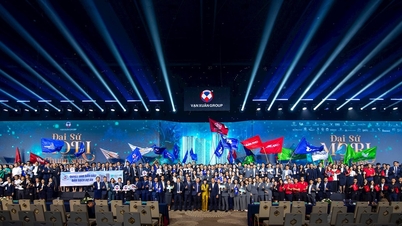

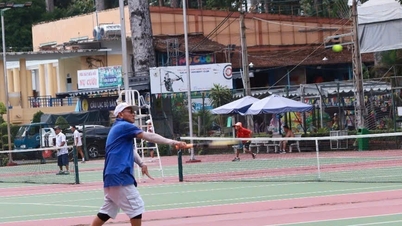




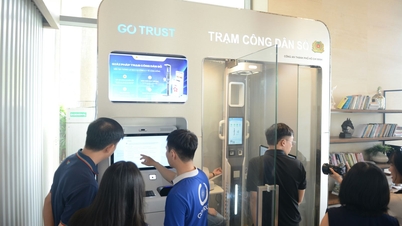




![[Photo] Opening of the World Cultural Festival in Hanoi](https://vphoto.vietnam.vn/thumb/402x226/vietnam/resource/IMAGE/2025/10/10/1760113426728_ndo_br_lehoi-khaimac-jpg.webp)
![[Photo] Ho Chi Minh City is brilliant with flags and flowers on the eve of the 1st Party Congress, term 2025-2030](https://vphoto.vietnam.vn/thumb/402x226/vietnam/resource/IMAGE/2025/10/10/1760102923219_ndo_br_thiet-ke-chua-co-ten-43-png.webp)





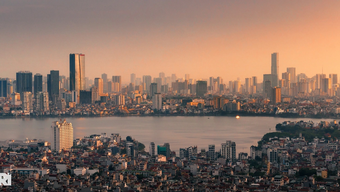

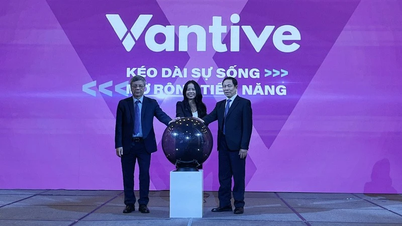



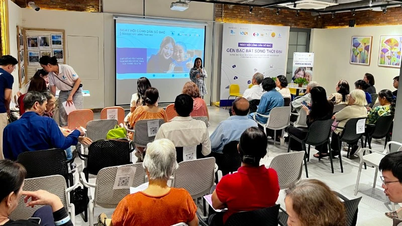


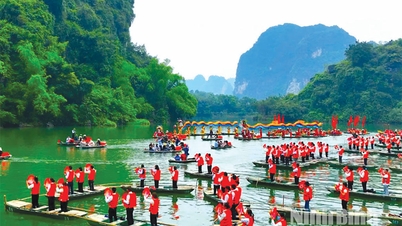



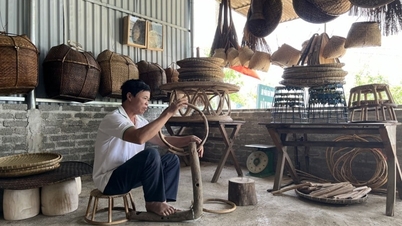



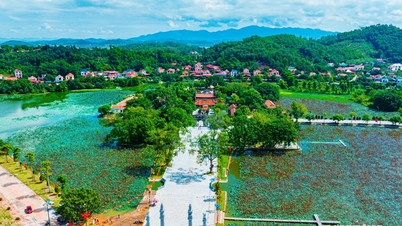









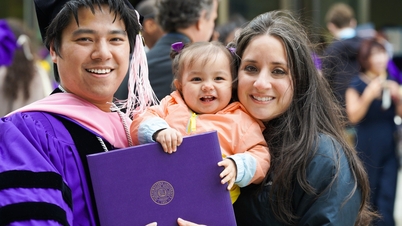



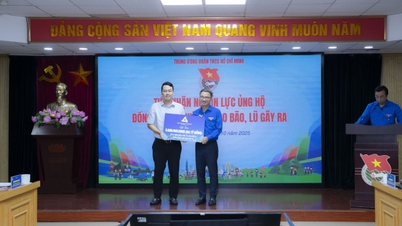



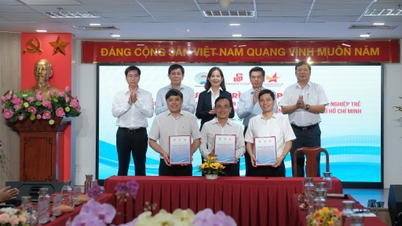




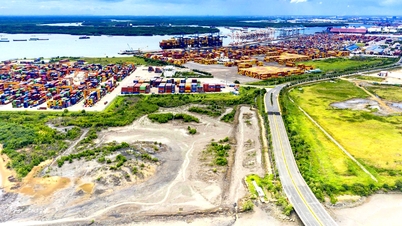
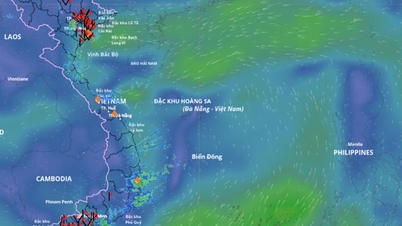


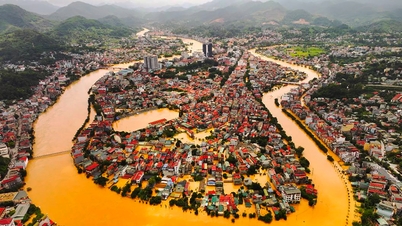

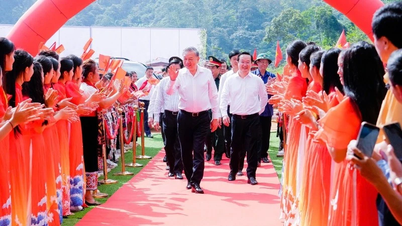



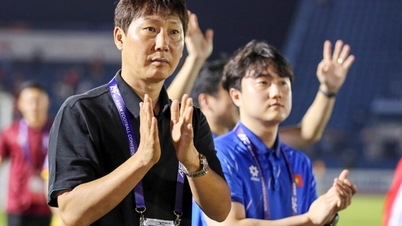

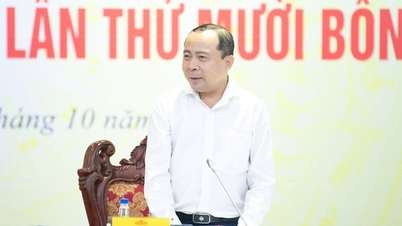


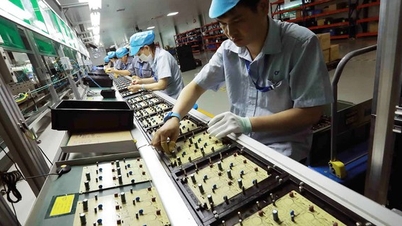
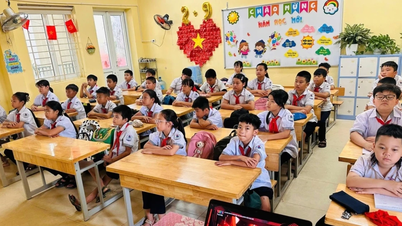



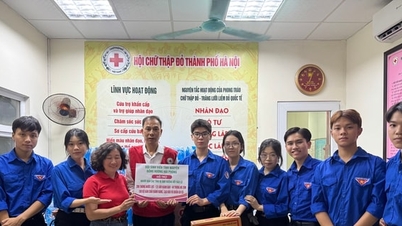



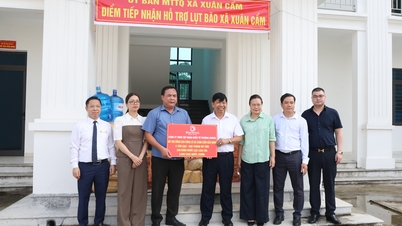

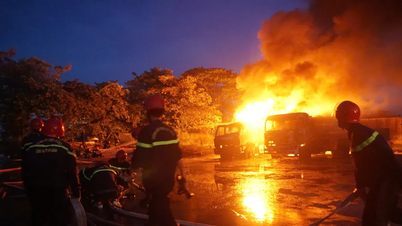









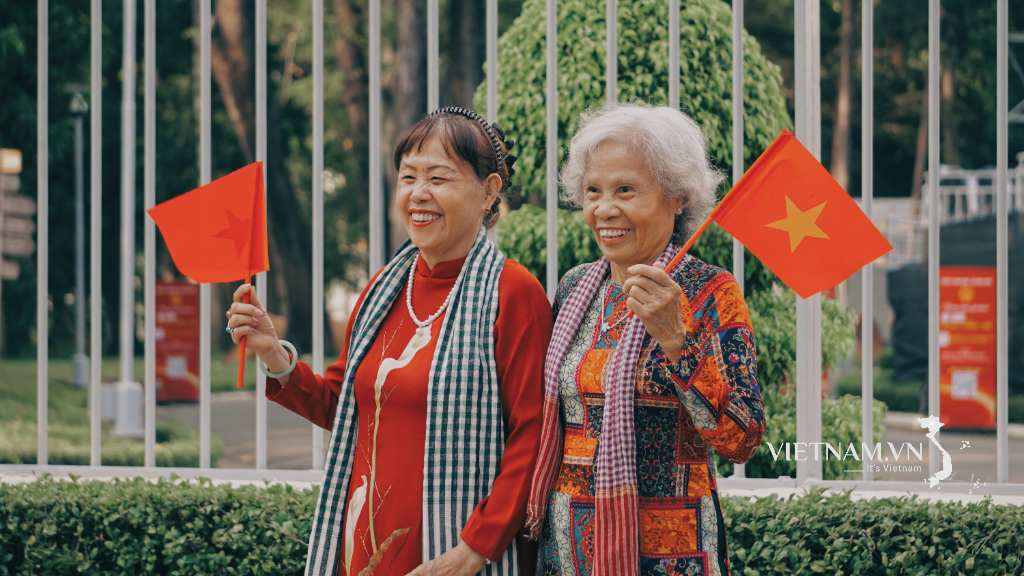
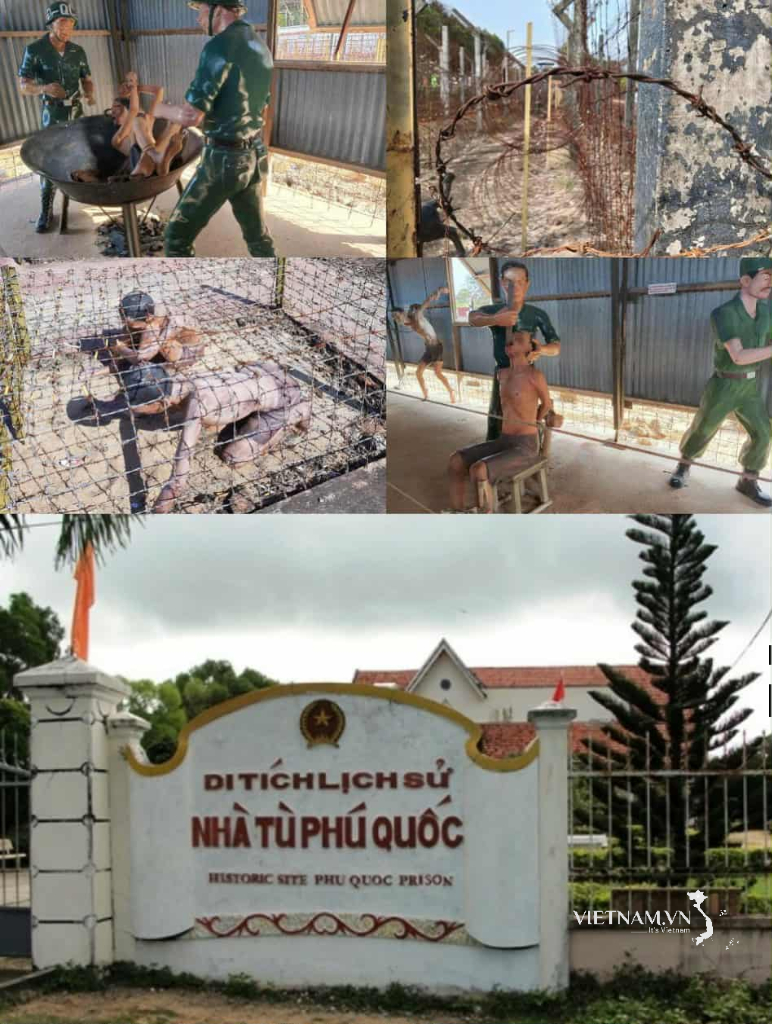


Comment (0)